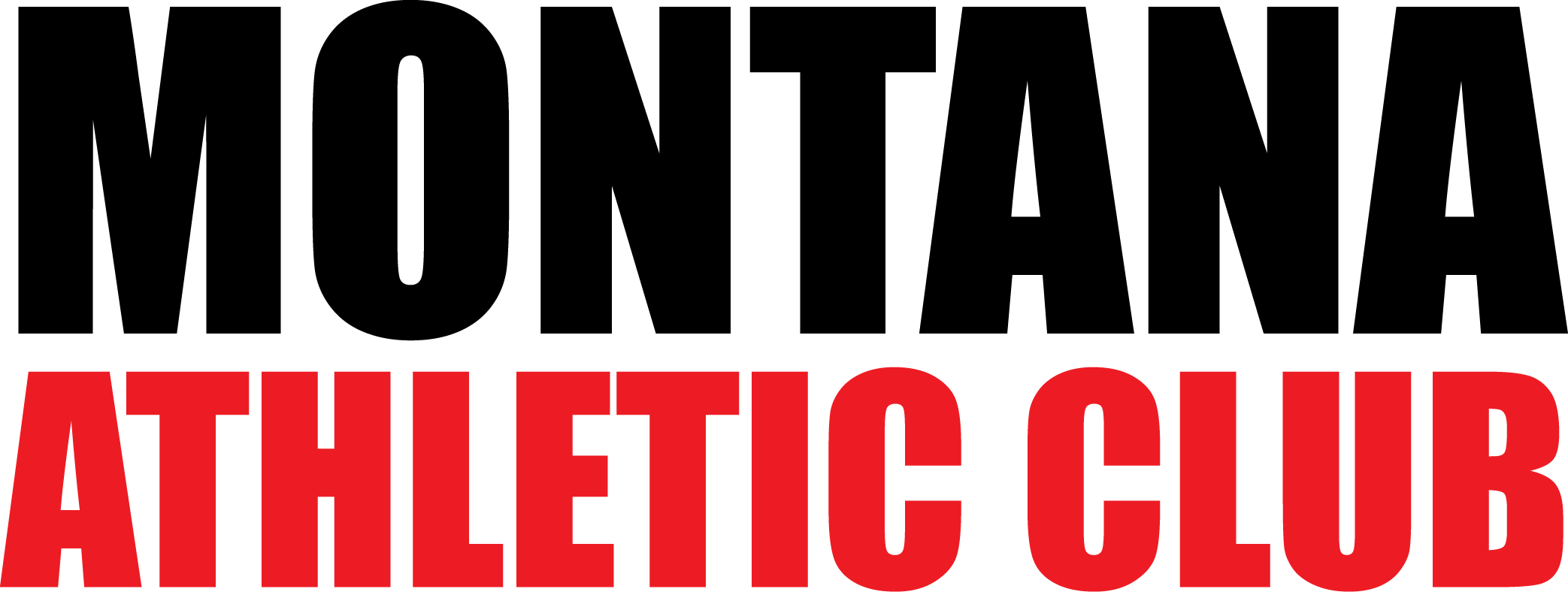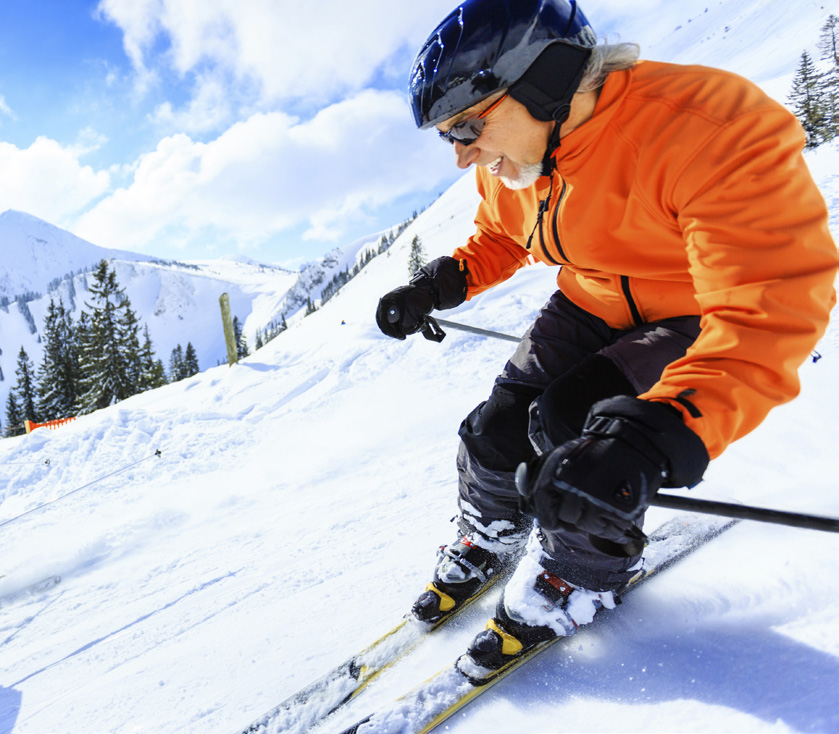THERE’S GOOD NEWS AND BAD NEWS for Montana skiers. The bad news is that of this writing Northwest Montana has received very little snow. The good news is that with Big Mountain scheduled to open on December 7th and Blacktail Mountain estimated to open on December 20th there’s still plenty of time for snow and some time left to get in shape for the ski season.
Here’s a novel idea – why not get yourself in shape to ski this year, instead of skiing yourself into shape? Wouldn’t it be a refreshing experience, if you were able to get out of bed after your first day on the slopes? Imagine not having your inaugural ski trip marred by mangled muscles and jostled joints. Skiing is a highly demanding sport that requires aerobic conditioning, strength endurance, power, flexibility, balance, coordination and agility for a successful experience. Training for your sport will make you a more proficient skier.
Weight training lays the foundation for getting down the mountain in one piece. Your strength conditioning should be a total body program with a special emphasis on the muscles below the knees to enhance your edging and pressuring. Lift weights 2 to 3 times a week for 30 to 60 minutes allowing 48 hours recovery time between each session. Do 2 to 3 sets of 8 to 12 repetitions with each set being slightly heavier. Start with light-weights and progress slowly to heavier-weights. If you’re unfamiliar with strength training talk to one of the certified personal trainers at the Montana Athletic Club about designing a ski conditioning program specifically for you. Check with the MAC Concierge to get scheduled for a consultation with a personal trainer.
Aerobic conditioning is a critical component of a successful day on the slopes. Skiers with low cardio-respiratory conditioning have limited exercise capability. Start your aerobic program by walking, jogging, biking, rowing, swimming or joining an aerobics class. Begin conservatively with 20 to 30 minutes and gradually work your way up to 45 to 60 minutes, 2 to 3 days a week on the days you aren’t strength training. Initially, your perception of your aerobic workout should be between “light to somewhat hard.” Gradually, increase your intensity to “somewhat hard to hard.” There’s myriad cardio equipment at the MAC or if you enjoy group training go to the MAC app and register for one of the multitude of aerobics classes being offered.
A stretching routine is essential to reduce muscle soreness and soft tissue injuries. Your flexibility program should target the back, shoulders, groin, quadriceps, hamstrings and gluteal muscles with a special emphasis on the calves, shins and feet. Stretch daily and before and after skiing. If stretching is foreign to you, pick up Bob Anderson’s book or DVD “Stretching” on Amazon. Or better yet, check out one of the six Yoga classes offered at the MAC.
Add core conditioning and balance by including the Exercise Ball in your workout routines. An Exercise Ball program will enhance the strength of your abdominal, oblique and low back muscles and improve your balance helping you stay upright as you zip down the slopes. Exercise Balls are available in the Misa Training Room and in the North Fork and Middle Fork Aerobic Studios.
Last, but not least, add plyometric exercises to your ski-conditioning routine. Plyometrics consist of exercises designed to develop muscular power, speed, agility, reflexes, coordination, visual acuity and balance. Jumping rope, dot drills, cone slaloming, lateral sliding and trampoline exercises are all plyometric exercises that will improve your skiing proficiency. Power Systems (https://www.power-systems.com/) offers both plyometric equipment and drills.
Combining plyometric exercises and core conditioning with a comprehensive strength, aerobic and flexibility program will greatly improve your skills as a skier. The end product could well be an injury-free ski season and more quality time on the slopes.
If the above is too cumbersome, you can try this training techniques: visit Harvest Market and ask to sit in the walk-in freezer for eight hours; buy a new pair of expensive gloves and immediately throw one away; and finally, fill a blender with ice, leave the lid off and hit the pulse button and let the spray blast your face. Now you’re ready to ski.
Cord Prettyman is an IDEA Master Personal Trainer with 32-years of personal training experience, who works at the Montana Athletic Club in Bigfork, Montana.
He can be reached at the club at 406-837-2582 or directly at 719-761-8592.
Email: cord@cordprettyman.com.
Website: www.cordprettyman.com

